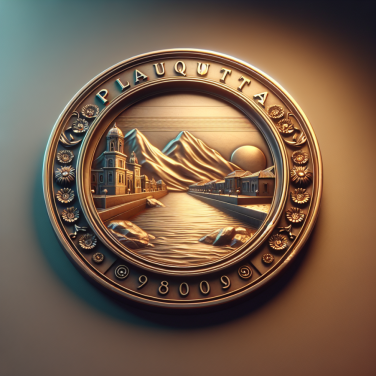The Evolution of Soccer: From Medieval Times to Modern Leagues
During the medieval times, soccer was more like a chaotic, violent mob game with the conflicting mob trying to drag an inflated pig's bladder to markers at the ends of a town. Often, the number of players was unlimited, and virtually any means could be used to advance the ball. It was a game that was often played during festivals and celebrations, and disputes in the game often led to bloody battles.
In the early 16th century, attempts were made to standardize and regulate the game. The first attempt to create uniform soccer rules was in England in 1605 by Puritans in the Manchester area. However, these rules did not gain widespread acceptance. Instead, each public school devised its own rules.
In the early 19th century, England started a process to standardize the rules of soccer. The first uniform soccer rules were established by students at Cambridge University in 1848, known as the Cambridge Rules. These rulesattracted nationwide recognition, paving the way for the modern game of soccer we are familiar with.
In 1863, the Football Association was formed in England, which would play a significant role in the evolution of soccer. The Association regulated the size of the field, the number and roles of players on the pitch, and the system of penalties. It was during this period that a clear distinction was made between soccer and rugby.
The first official soccer competitions also started to take form in the late 19th century. The English FA Cup was first contested in 1871, and the inaugural British Home Championship, the world's first international soccer tournament, took place in 1884. In 1888, the English Football League, the world's first soccer league, was formed, offering regular fixtures for clubs.
The sport then began to spread globally towards the end of the 19th century, largely due to the British influence. FIFA (Fédération Internationale de Football Association) was formed in 1904 to oversee international competition.
With the worldwide spread of the game, international competitions started to take place. The first FIFA World Cup was held in 1930 and has since become the most prestigious soccer tournament. Then came the establishment of continental competitions, such as the UEFA European Championship in 1960 and the Copa America in 1916.
Professional soccer leagues also began forming around the world throughout the 20th Century.
Read also:
Unveiling the Origins: Who Invented the Game of Soccer?
Tracing Back the Roots: Unveiling Soccer's Ancient History
Soccer, also known as football in many parts of the world, is one of the most popular sports today. However, its origins stretch back thousands of years. From ancient cultures to medieval towns, various forms of soccer have been a part of human history. Now, let’s delve deep into tracing back the roots of this beloved sport.
The roots of soccer track back to various ancient civilizations, including the Greeks, Romans, and Chinese. In China, a sport called 'cuju', also known as 'kickball', rose to popularity around the 2nd and 3rd centuries BC. The game involved kicking a leather ball through a small hole in a piece of cloth fixed on bamboo canes, and there were no hands involved, much like modern-day soccer.
In ancient Rome, a game called 'Harpastum', which is a Greek word, was also quite popular. The Romans took the concept from the Greeks, who had their version of soccer called ‘Episkyros’ or ‘Phaininda'. Both these games involved teams trying to move a ball across the opponent's boundary line, showcasing the embryonic stages of soccer.
Moving to the Middle Ages, we discover another form of soccer budding in England. Medieval soccer was a chaotic game involving an unlimited number of players and little-to-no rules. It was notorious for its violent nature, with players often injured, which led to it being banned repeatedly.
Then came the pivotal moment in soccer history—the creation of the Cambridge Rules in 1848. These rules served as the basis for modern soccer and were penned down by a group of university students in Cambridge. They included concepts like no use of hands, no tripping of opponents, and goals scored by kicking the ball through flags positioned at each end of the field.
In the late 19th century, the formation of the English Football Association in 1863 standardized the rules of the game and marked the official beginning of soccer. Around the same time, the sport began to spread to other parts of the world, including South America and Europe, further evolving into the game we know today.
The first official international soccer match took place in 1872 between England and Scotland in Glasgow. Following this, the establishment of the Fédération Internationale de Football Association (FIFA) in 1904 and the first World Cup in 1930 symbolized the growing global popularity of soccer.




